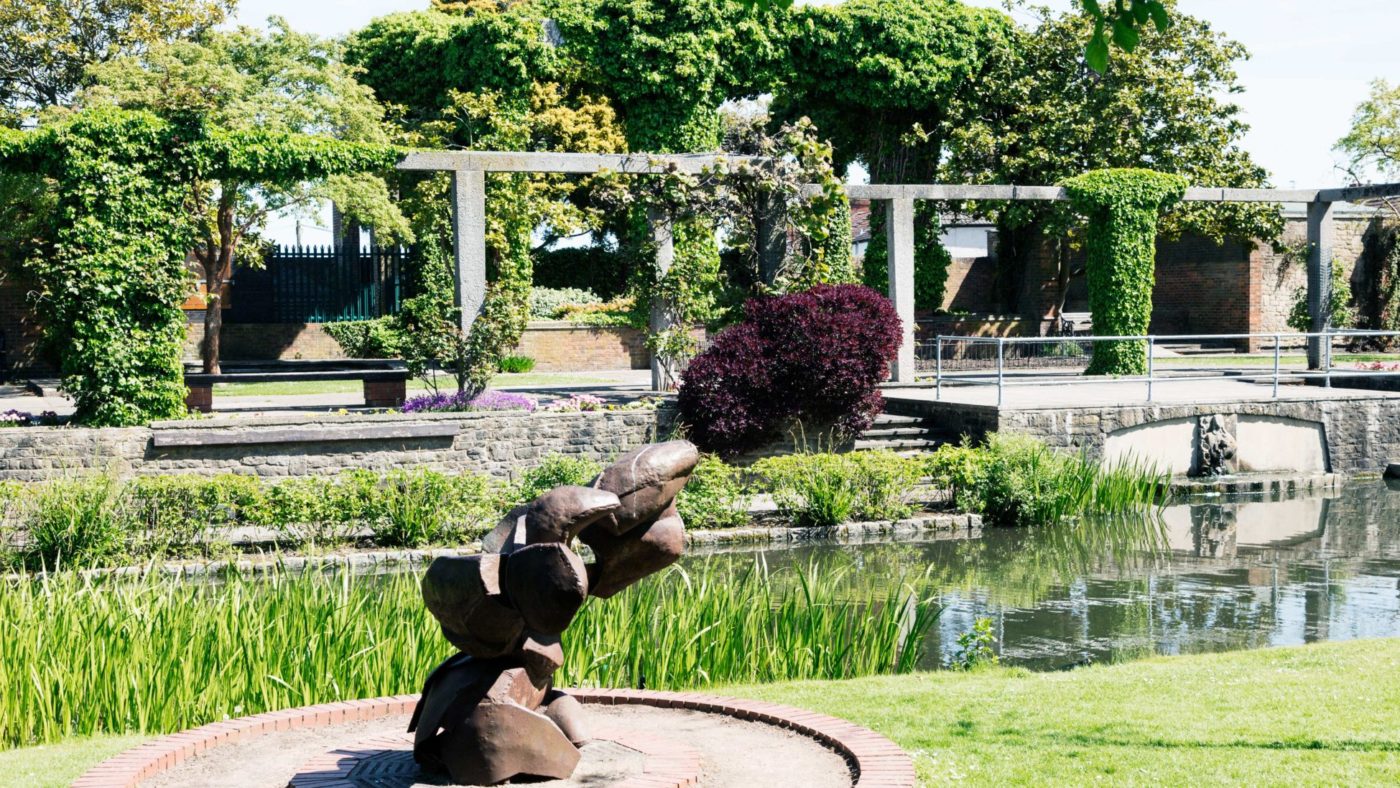We want more greenery. We want to address climate change. We want to attract people back to our small towns and villages. We want to improve health and well-being. We want devolution. We want to empower people with more control. Perhaps more than anything, we want to rebuild active communities – indeed the drift away from this is arguably one of the key undercurrents that drove Brexit. So, here’s how to do it – allow communities to design their green surroundings.
Do they want farmland, wasteland scrub, woodland, a new community building or sports facility, a new path or park? The process would build on the successful scheme pioneered in upstate New York by the anthropologist David Sloan Wilson, who has been using evolutionary biological principles to make communities better, beginning in his home territory of Binghamton. A key aspect of his Design Your Own Park programme is that everyone in the neighbourhood is consulted. It is their park, for them to co-create. External agencies, which in the UK might be county councils or the 3rd sector, act as facilitators to provide guidance and process for how the local group could improve their surroundings. However, it is important to minimise County council involvement, with their prevailing culture of ‘doing to’, rather than ‘doing with’ and more broadly one of encouraging passivity.
The output is a contract or constitution which includes mechanisms to monitor participation with graduated sanctions for misbehaviour and a rapid system to resolve conflict. The design will vary in scope according to ambitions and resources. Importantly, the more things local people are prepared to do themselves, the greater the potential scope. The plans should include a maintenance programme which would be carried out locally to continue to engender a sense of ownership and route for interaction, rather than things being left to the state.
An important benefit of the process of the plan formulation is that provides a mechanism for positive group interactions and a feeling of empowerment, which can then find expression in other projects. Networks build, as does confidence.
Sloan Wilson identifies important evolutionary psychology principles that come from such a programme. It allows groups to manage their own affairs, it harnesses the motivating power of between-group competition, as differing neighbourhoods see what is being created elsewhere and want to better it. Local experimentation identifies what works best. It recognises the importance of nature and of play. It creates conditions for positive social norms to emerge.
Such schemes are therefore an interesting combination of liberalism, conservatism and communitarianism. Importantly though, it also directly helps health and well-being from the provision of more physical space for exercise and activities. It is a big tick on the green agenda and also helps make neighbourhoods more attractive to live in, which then with 5G, FTTP and a shift to hub and spoke remote working will help re-balance the city-town-village split.
Another small scale example comes from Wiltshire and the inspiring work of Alex Hickman, who started guerrilla tree planting in public spaces, but then developed a collaborative process of community engagement, identifying both public and private land where the owners felt that strategic tree planting would enhance the landscape. The community designed the planting scheme – called Plant for our Lives – and then implemented it themselves. Trees at whip stage are very cheap (30-60p each, if bought at volume) and the labour is voluntary. The Woodland Trust provide additional support. It helps bring the community together and lets people make greener and more pleasant land. In Germany, communities plant lots of fruit trees on communal land and give the trees labels indicating when the fruit is ready to pick.
If we were to expand planting beyond the immediate environs, communities could influence land use strategy at greater distance in areas where land is public or in receipt of the soon to be reformed Common Agricultural Policy. Tree numbers could be doubled. One billion trees was actually one of Labour’s achievable goals. A small tree nursery can produce 10 million trees per year with 20 permanent staff, rising to 100 over winter and 100 hectares of land. I once planted 1200 trees in a single day. The professional planters can manage 3-4000. Even just using a fraction of the land classified as disadvantaged or severely disadvantaged and dependent on subsidies would, with a relatively small team, allow this target to be met.
On a much smaller local scale, land not already in public ownership would require compulsory purchase. At current subsidy levels, 30 years of subsidy payments would equate to acquisition at current amenity values, but reform of the 1961 Land Compensation Act, as argued for by Liam Halligan, may be required to obviate costly arguments about hope value, a current major barrier to councils attempting any positive environmental additions -such as new paths because of anticipated legal costs. This is also critical for large scale house building. Much more attractive surroundings would make house building much more palatable to locals.
Planting is one of the most creative and empowering things we can do. Let’s positively encourage it.
Click here to subscribe to our daily briefing – the best pieces from CapX and across the web.
CapX depends on the generosity of its readers. If you value what we do, please consider making a donation.


